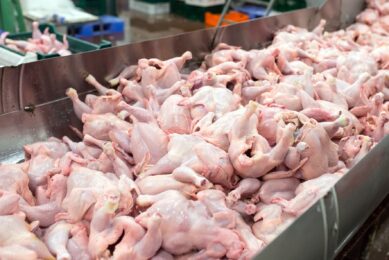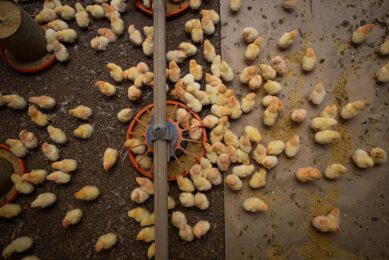China’s new tariff expected to impact US producers
The poultry industry in US state Maryland is ruffled and senator Barbara Mikulski is indignant at a plan by China to raise poultry import tariffs by more than 100 percent.
Mikulski fired off a letter to U.S. Trade Rep. Ron Kirk and Secretary of Commerce Gary Locke, urging “swift and immediate action” on China’s recent decision to “impose steep trade tariffs” on inbound U.S. poultry products.
“In recent years, U.S. poultry exports to China have totaled almost $1 billion annually,” the letter states, making China “one of the largest export markets for our poultry industry.”
“The Delmarva poultry industry,” Mikulski’s letter continued, “generates $2 billion in revenue each year and is responsible for 14,700 jobs. In Maryland, there are 800 poultry farms and three processing plants.”
“We are very disappointed that China has imposed duties on imports of chicken products from the United States. The United States is carefully reviewing China’s actions, and we are considering our options,” said Nefeterius Akeli McPherson, spokesman in the Office of the U.S. Trade Representative.
The problem for Maryland is even more widespread than Mikulski described, said Bill Satterfield, executive director for Delmarva Poultry.
“What (Mikulski’s letter) fails to account for is the 1,800 families that grow birds,” he said. “And the thousands of farms that grow the corn and soybeans the chickens eat.”
All agree that China’s tariff hikes will have a major impact on Maryland poultry producers — and beyond.
“Nationally, export markets for U.S. poultry are very important,” said Pat McMillan, Maryland Department of Agriculture assistant secretary for marketing, animal industries and consumer services. “It is bound to have an impact here.”
“Maryland’s poultry industry is an important economic engine for the Eastern Shore of the U.S.,” Mikulski said. “I urged Ambassador Kirk and Secretary Locke to settle this trade dispute immediately. American poultry cannot be unfairly forced out of one of our largest export markets.”













